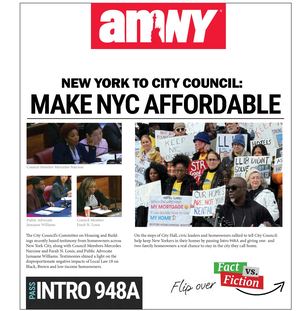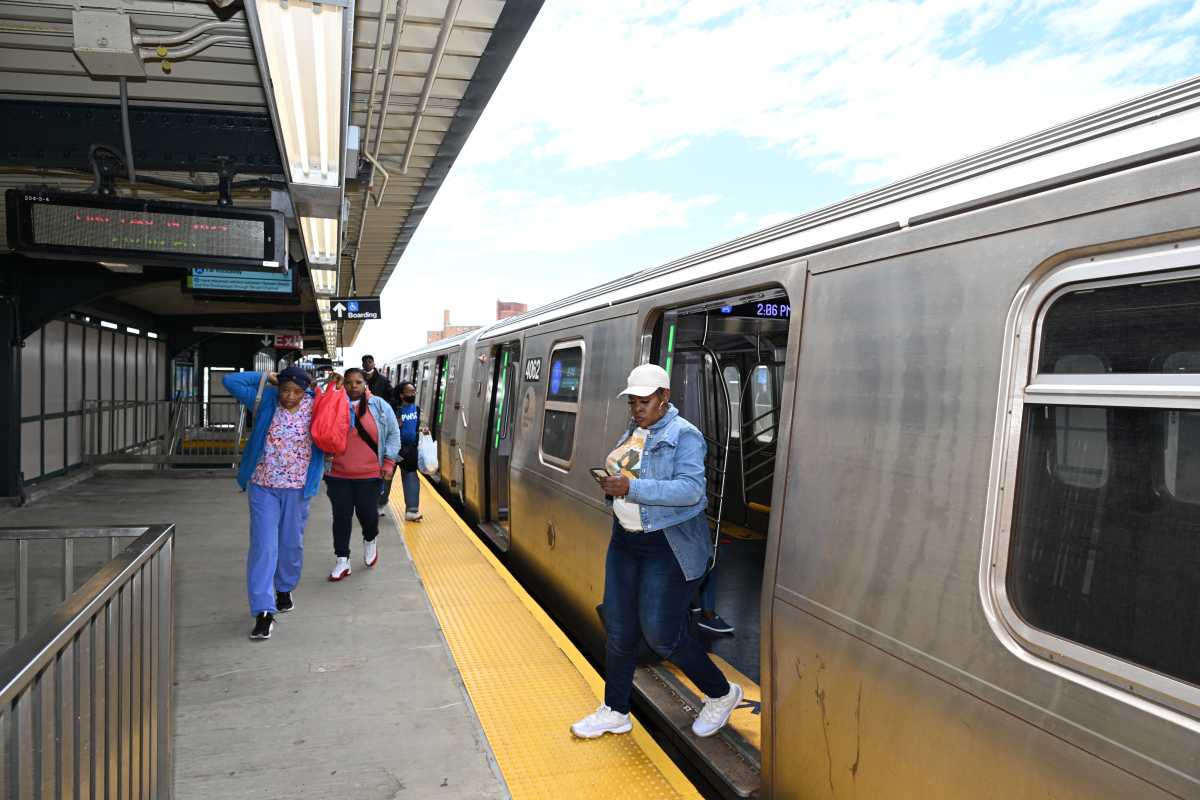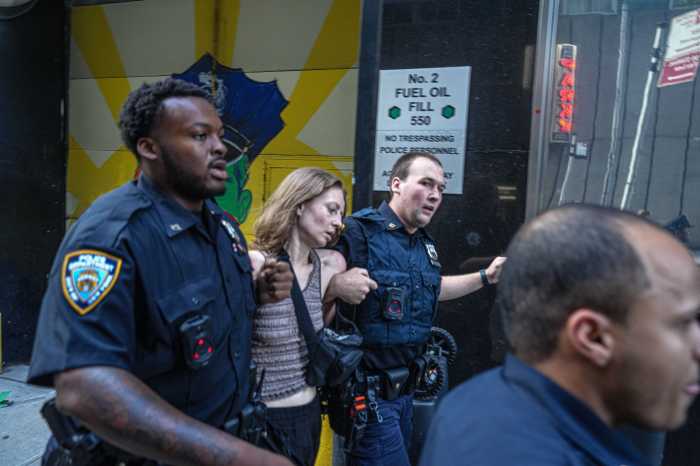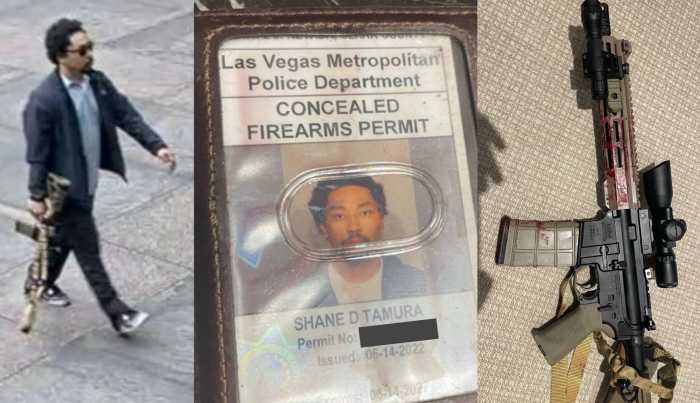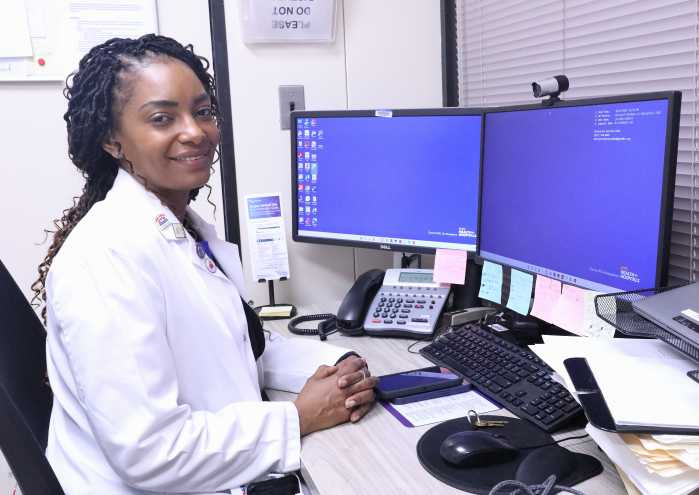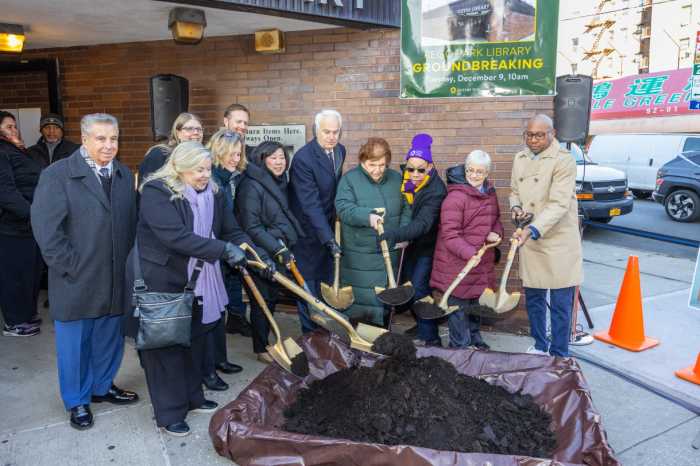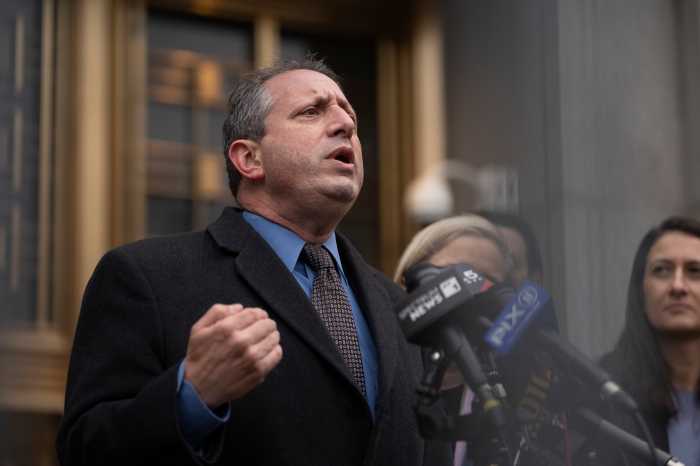From heatwaves to hard rain, this summer has brought extreme weather to the steps of New York City’s subway system. While commuters struggle to stay cool or dry depending on the day, down on the trains and platforms, another struggle is underway.
Each night, teams of nurses, social workers, and police officers walk the system searching for people in need of help. Sometimes that means offering a fresh pair of socks, or a safe place to sleep, while other times people need serious medical attention, or a psychiatric evaluation. This work is already difficult, but when confronted with extreme weather like this summer, the job becomes even tougher. Yet rain or shine, hot or cold, these teams are out every night to help their fellow New Yorkers.
I know this firsthand.
My name is Lisa, and I’m a nurse — that’s how I begin my clinical assessments as a part of one of these teams. Created by Mayor Eric Adams last year, the program is called Partnership Assistance for Transit Homelessness, or PATH. As part of a PATH team, we go into the subway system every night to ensure that homeless New Yorkers receive the care and services they need, focusing on those with signs of untreated mental illness.
As a nurse, my job is to make sure people are not causing any harm to themselves or others, including displaying an inability to meet their own basic needs like food, shelter, and clothing. This is not glamourous work. When we encounter someone whose mental illness is causing harm to themselves or others, psychiatric nurses like me can request an ambulance to transport the person to the hospital for a psychiatric evaluation, even if they do not want to go. We rely on our training and education to assess each individual and make a real-time judgement on whether they need further attention.
When there is severe weather, our work becomes even more important. During the five-day heatwave in June, PATH teams encountered 187 homeless people in the subway system and transported six people to the hospital, two voluntarily and four involuntarily. Thirty-nine others accepted services including going to a shelter or cooling center.
In addition to evaluating an individual’s mental health, PATH teams assess people for signs of physical ailments — both of which can be intensified by extreme weather. When it’s hot, we check for heat exhaustion or dehydration. And when you have a mental illness, the weather can exacerbate underlying issues.
During the June heatwave, I saw someone sweating profusely, to the point that I wondered if he poured water on himself. As I approached, I said, “I see that you’re sweating.” He replied, “yeah, you know, it’s hot out here.” I noticed he had a can of iced tea, which worried me. One cup of tea is ok and could serve as a hydrator but drinking too much could cause dehydration. As I encouraged the man to drink water, looking more closely, I noticed it was a natural tea with no added sugar. I thought to myself: he knows this will hydrate him. I asked what he had been doing and he told me he had gone uptown and sat by an open hydrant.
From listening carefully and not jumping to conclusions, I could tell he understood it was hot, tried to cool down, and bought himself a drink. Had he shown signs of poor insight and judgment, I might have called for a hospital transport, but instead, we offered him our services and parted ways. This is how most of our interaction go, but when someone is incapable of understanding the danger they are creating for themselves or others, our training calls on us to get that person the psychiatric help they need.
In all my interactions, I am careful to meet people where they are. I stopped wearing a fan around my neck when it’s hot because the people I’m reaching lack that luxury. I don’t wear jewelry because I want people to see me as they see themselves. Many of the New Yorkers that I encounter have past dealings with a difficult system, so I do everything possible to form a connection with them. Even if they refuse our services, we let people know where they can find help, whether that be a shelter, a cooling center, or other resource. We take care of ourselves as well, because if we aren’t taking care of ourselves, we can’t look out for others. We stay hydrated and make sure we’re well rested to give our full attention to those who need it.
Afterall, at its core, the PATH program is about a humane and necessary response to the ongoing mental health crisis playing out each night. We do our best to show New Yorkers that their city is there for those who need us most. No matter the weather, that is how we make sure our most vulnerable neighbors are getting the assistance they need, and in the process, making our subway system safer for all.
Lisa Singh is a psychiatric nurse at the Department of Homeless Services, who focuses on reaching homeless New Yorkers suffering from severe mental illness as part of a program created by New York City Mayor Eric Adams.
